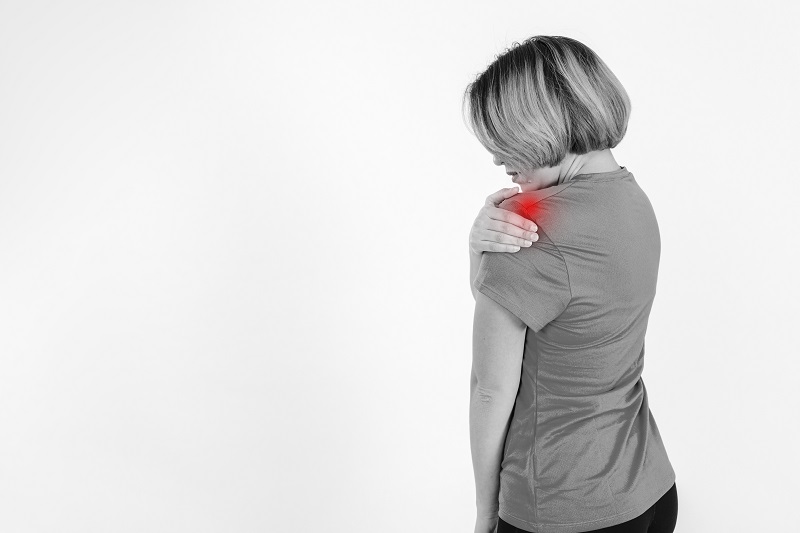What is shoulder pain?
What most people call a Shoulder is actually a group of several joints, tendons and muscles that work and combine together to allow free motion of the arm.
Shoulder pain is one of the most common types of pain that can affect the body. It may originate in the joint itself, or from any of the surrounding muscles, ligaments or tendons. The painful shoulder is usually worse with arm movements, especially when raising the arm to a level above the chest. This aching shoulder can be hindering for the ability to engage in sports or even daily activities. Shoulder pain can be at its worse during the night, where shoulder discomfort can cause many sleepless nights.
Shoulder pain might extend along the front, outer or upper aspect of the shoulder, extending along the outer aspect of the arm and forearm.
Who gets shoulder pain?
Shoulder pain is not specific to a particular age group or sex, but most commonly affects middle age individuals. It also affects sporty individuals as well as elderly population.
Around 3 out of every 10 people suffer from shoulder pain.
What Are The Treatments Options Of Shoulder Pain?
Localized Pain Management Injection With Ultrasound Guidance (Our Preferred Method Of Administrating The Medication):
This Technique Uses Fda Approved Medication, Which Is Injected, Directly Into The Painful Area Under Ultrasound Guidance.
This Is A Modern, Advanced, Non-surgical Treatment Technique That Relies On Injecting Anti-inflammatory Medication Accurately Into The Area Of Inflammation Under Ultrasound Guidance. Using An Accurate, Effective, Safe And Non-invasive Technique, Makes Musculoskeletal Radiologists Achieve Better Results In Terms Of Pain Relief/management. Statistic Accuracy Rate Is About 95-99%.
What is ultrasound guided injection of shoulder pain?
This technique has the following benefits:
-helps the radiologist to accurately identify the inflamed tendon or bursa, which is important to confirm the clinical examination.
-allows the radiologist to accurately localize and effectively administer the medicine to one or more compartments of the painful area “if necessary” resulting in better and faster pain relief.
-the patient benefits the most by having the medication in the right spot without pain or complications.
What happens during the treatment procedure?
The patient is injected a numbing local anaesthetic. A mild burning sensation can be felt due to the numbing anaesthetic.
The radiologist then uses an ultrasound probe to guide the needle to the painful area.
The medication is then injected in the exact location.
The injection needle is then removed.
The patient can leave immediately after the injection. Some patients may be asked to wait for re assessment.
What to expect after the procedure?
After the procedure some patients may experience complete relief of pain.
Some patients may experience pain for 24 hours, until the medication kicks in.
The patient is instructed to use painkillers during the first few days if needed.
It is recommended that physiotherapy exercises are followed after 4 weeks of the injection.
